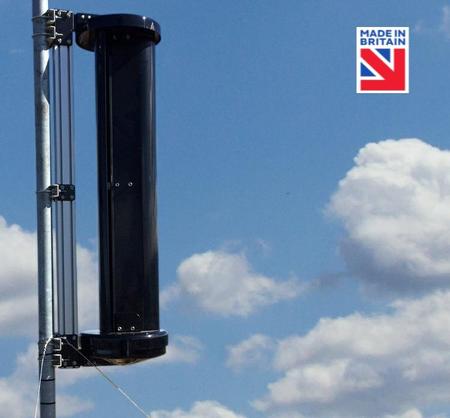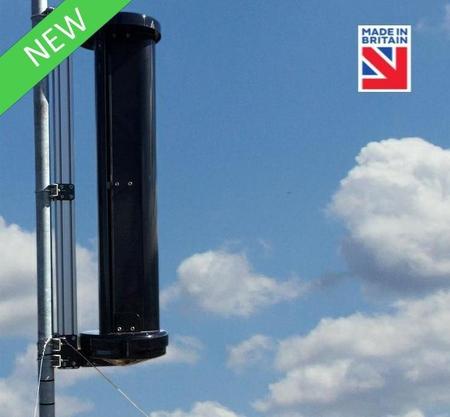Blog
Unlocking Sustainable Living: The Future of Home Energy with Residential Wind Turbines
As the world increasingly grapples with the realities of climate change and the urgent need for sustainable living practices, the quest for renewable energy solutions has never been more critical. According to a report by the International Renewable Energy Agency (IRENA), wind energy capacity grew by 53 gigawatts globally in 2020, reflecting a steadfast commitment to harnessing natural resources for a cleaner future. Among the many innovations in this sector, Residential Wind Turbines stand out as a practical means for homeowners to contribute to energy sustainability while reducing their ecological footprint. By 2025, it’s projected that residential installations could account for nearly 20% of new wind capacity, demonstrating a significant shift towards incorporating renewable energy sources into everyday life.
The integration of Residential Wind Turbines into home energy systems not only empowers homeowners to generate their own electricity but also offers considerable economic benefits. A study by the US Department of Energy indicates that homes equipped with wind turbines can save up to 90% on their electricity bills over time. Moreover, as advancements in technology make these systems more accessible and efficient, the future of home energy looks promising. By exploring the potential of Residential Wind Turbines, we can unlock sustainable living solutions that address both environmental challenges and personal energy needs, paving the way for an era of economic and environmental stability.
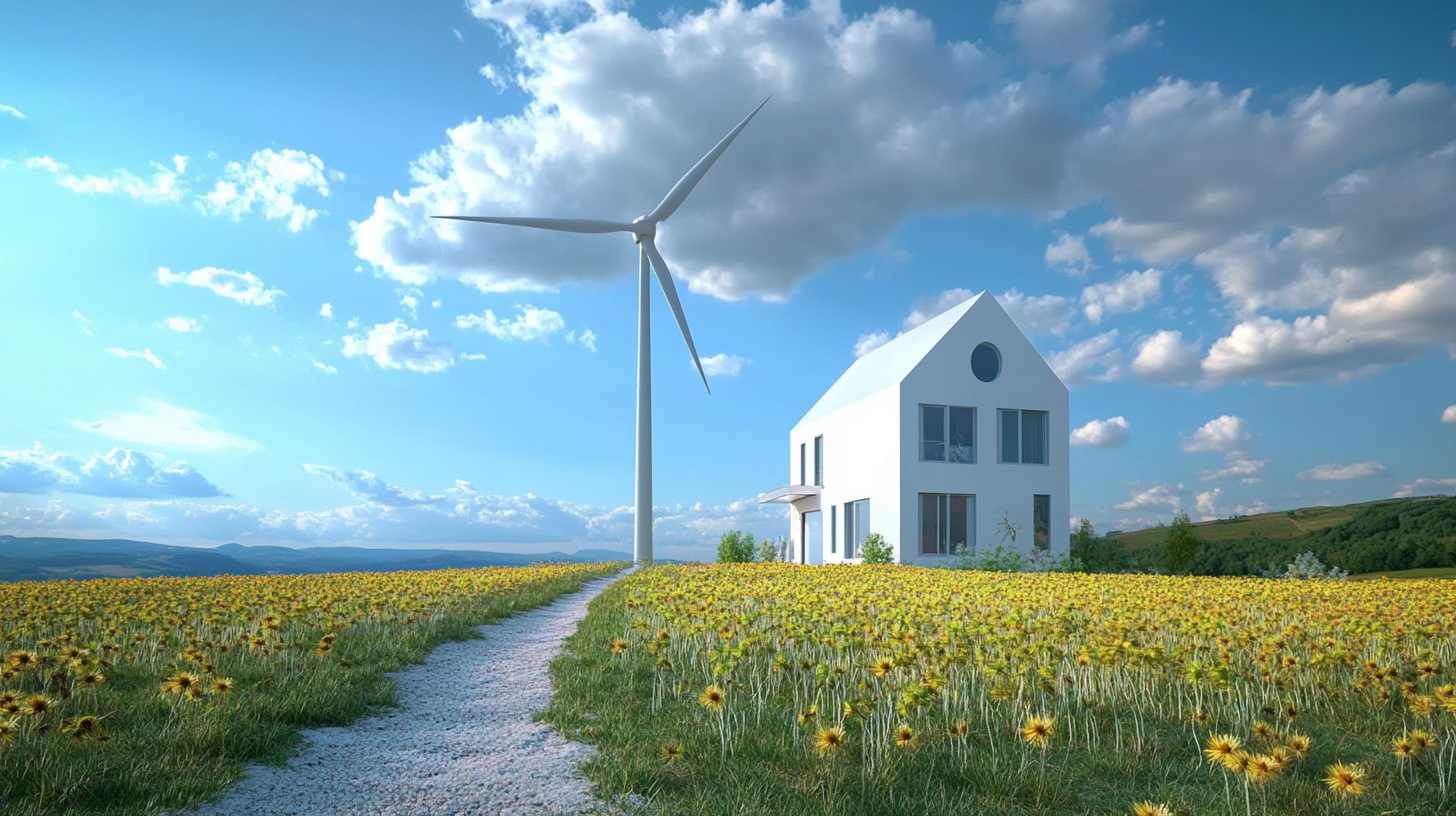
Benefits of Residential Wind Turbines for Homeowners
As homeowners increasingly seek ways to reduce their carbon footprint and energy bills, residential wind turbines emerge as a sustainable solution. These small-scale energy systems harness the power of wind to generate electricity, allowing homeowners to take control of their energy consumption. One of the most significant benefits is the potential for substantial cost savings. By producing their own electricity, homeowners can dramatically reduce reliance on traditional utility providers, leading to lower monthly energy bills. Over time, the initial investment in a wind turbine can be recouped through these savings, making it an economically sound choice. In addition to financial benefits, residential wind turbines contribute to environmental sustainability. By utilizing wind energy, homeowners can significantly lower their greenhouse gas emissions and reliance on fossil fuels. This shift not only supports global efforts to combat climate change but also promotes energy independence. The clean energy generated can also be fed back into the grid, providing a further incentive through net metering programs offered by many utilities. Moreover, the installation of residential wind turbines can increase property value. As sustainability becomes a priority for prospective buyers, homes equipped with renewable energy solutions are often seen as more desirable. These systems not only offer an eco-friendly appeal but can also signal long-term financial savings and energy security. As technology advances and more homeowners innovate in energy practices, residential wind turbines stand out as a key player in the future of sustainable living.
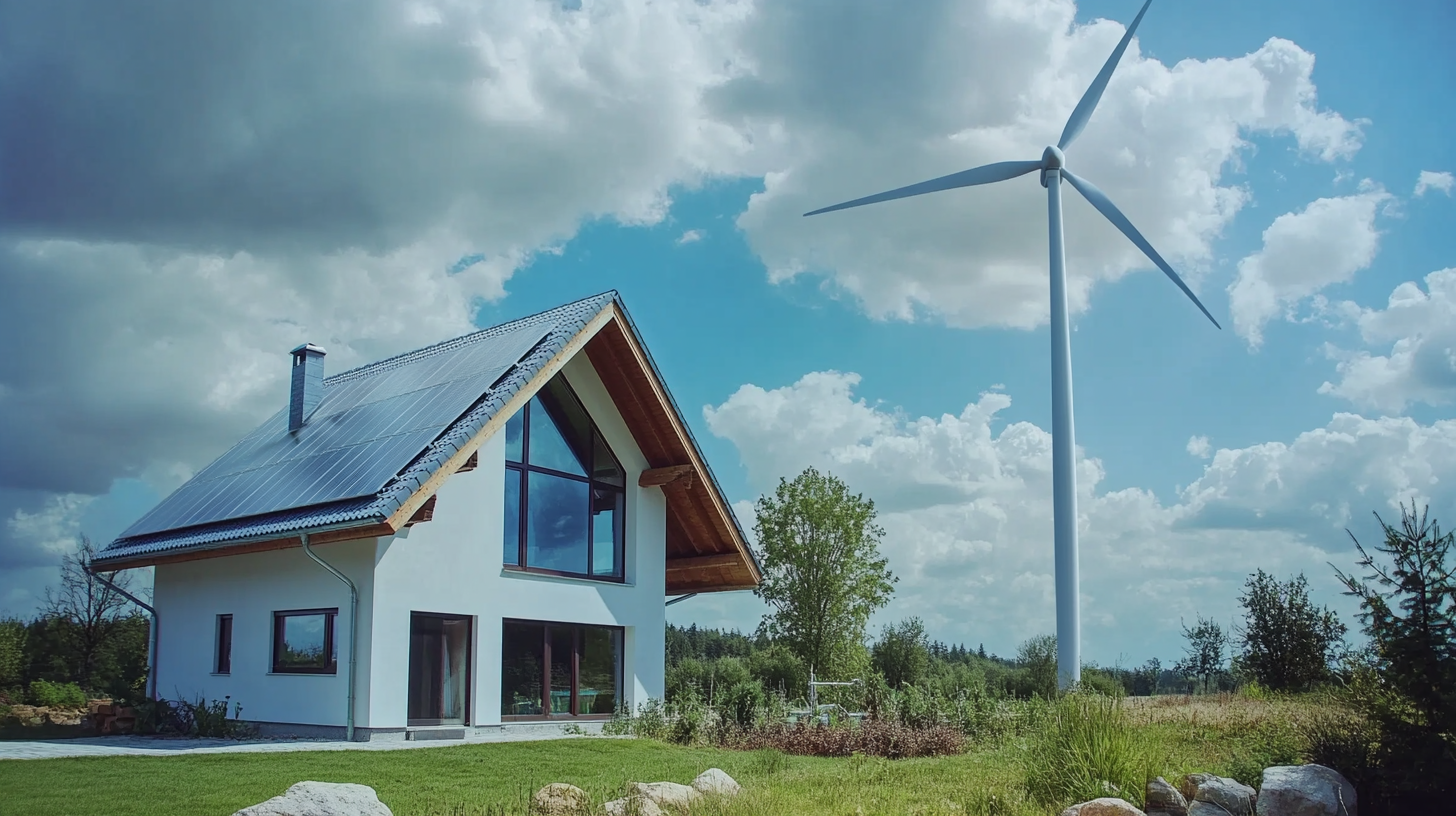
Understanding the Technology Behind Small-Scale Wind Energy
The rise of small-scale wind energy has brought a new dimension to sustainable living, particularly for residential applications. As the technology behind residential wind turbines continues to evolve, homeowners are discovering the potential benefits of harnessing wind power. According to the U.S. Department of Energy, small wind turbines, typically defined as those generating less than 100 kW, can reduce electricity costs by up to 50% in suitable locations, paving the way for energy independence.
Residential wind turbines utilize advanced technology such as horizontal and vertical-axis designs, allowing for efficient energy conversion even at low wind speeds. A recent study from the National Renewable Energy Laboratory highlights that wind resources are abundant in many regions of the U.S., with approximately 80% of the country having the capacity to support small wind installations. These innovations not only enhance energy efficiency but also contribute to a reduced carbon footprint, aligning with global climate goals.
Moreover, advancements in turbine materials and aerodynamics have significantly improved the performance of residential wind energy systems. Reports indicate that newer turbine designs can generate electricity at wind speeds as low as 5 mph, making them more accessible to residential users. By embracing this renewable technology, homeowners not only invest in long-term savings but also play an active role in fostering a sustainable future.
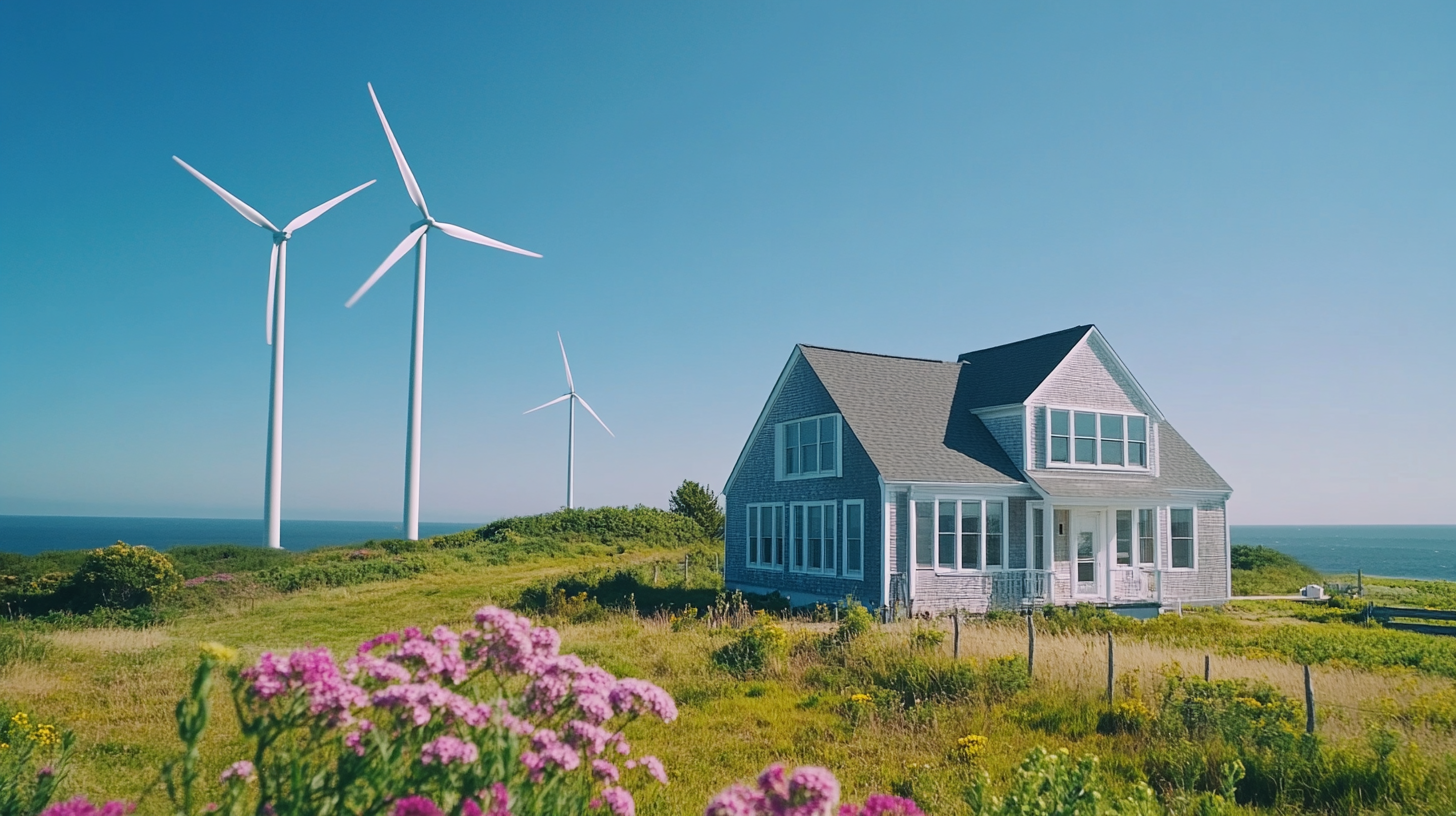
Choosing the Right Wind Turbine for Your Home Needs
When considering the transition to sustainable living, choosing the right wind turbine for your home is a crucial step. Residential wind turbines come in various sizes and designs, each suited for different energy needs and environmental conditions. It's important to assess your energy consumption patterns and your home’s annual wind resources. Tools like wind resource maps and potential site assessments can provide valuable insights into the average wind speeds in your area, which is essential for selecting a turbine that can efficiently generate power.
Additionally, you need to understand the different types of wind turbines available. Horizontal-axis turbines, the most common design, are typically more efficient but may require a larger installation space and more wind exposure to function optimally. Vertical-axis turbines, on the other hand, are smaller and can capture wind from any direction, making them a good choice for urban environments or locations with unpredictable wind patterns. Evaluating local zoning laws and community regulations is also critical, as these factors may affect the feasibility of your installation.
Finally, don't overlook the importance of quality and reliability when selecting a wind turbine. Look for reputable manufacturers with proven track records, and consider the warranties and maintenance requirements they offer. Investing in a high-quality turbine not only ensures better performance but also contributes to your home’s long-term sustainability. With careful planning and research, you can harness the power of wind energy effectively, turning your home into a beacon of sustainability in your community.
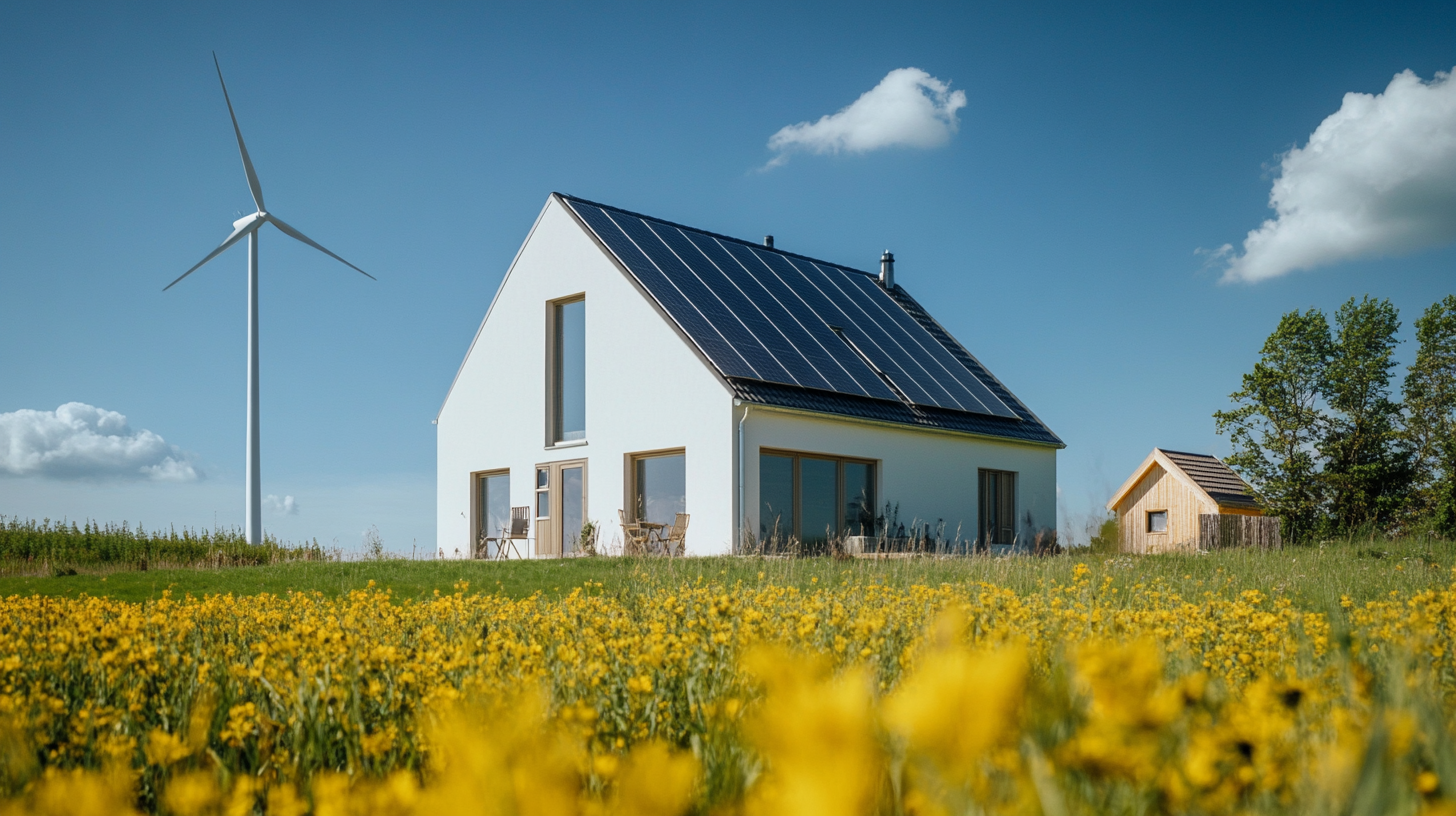
Integrating Residential Wind Energy with Other Renewable Sources
As the world increasingly turns towards cleaner energy solutions, integrating residential wind energy with other renewable sources offers a promising pathway to sustainable living. Wind turbines can significantly reduce dependency on fossil fuels while providing homeowners with a consistent source of clean electricity. By harnessing the power of wind, individuals can generate their own energy, reducing both monthly utility bills and their carbon footprint.
Combining wind energy with solar power represents one of the most effective strategies for achieving energy independence. These two sources complement each other well; while solar panels shine brightest during the day, wind turbines can generate electricity around the clock, often peaking at night or during stormy weather. This synergy allows homeowners to maintain a stable energy supply, avoiding the pitfalls of relying on a single source. Add in energy storage solutions, like batteries, and homeowners can ensure they have access to clean energy whenever they need it.
Moreover, the integration of residential wind turbines with other renewable technologies creates even greater efficiencies. Smart home systems can optimize energy usage by managing when to draw from the grid and when to rely on self-generated power. This holistic approach not only maximizes the benefits of each renewable source but also paves the way for smarter and more resilient energy solutions in residential areas, setting the stage for a sustainable future.
Overcoming Challenges: Regulations and Community Acceptance
As the demand for sustainable living intensifies, residential wind turbines are emerging as a viable solution for homeowners seeking to reduce their carbon footprint and enhance energy independence. However, the successful adoption of these technologies often encounters significant hurdles, particularly regarding regulations and community acceptance. A 2021 report by the American Wind Energy Association (AWEA) noted that only 10% of homeowners currently utilize wind energy, highlighting potential for growth if these challenges are addressed appropriately.
Regulatory frameworks can be a double-edged sword. While they aim to ensure safety and compliance, overly restrictive policies can stifle innovation and slow down the implementation of residential wind projects. The National Renewable Energy Laboratory (NREL) has identified that streamlining permitting processes could increase residential installations by as much as 25% over the next decade. By collaborating with local governments to create more comprehensive and supportive regulations, advocates can catalyze the transition toward wider acceptance of wind energy solutions.
Community acceptance is equally critical to the success of residential wind initiatives. A survey conducted by the Wind Energy Foundation found that public perception significantly influences the implementation of wind projects, with over 65% of respondents supporting local wind initiatives when they feel informed and involved. Building educational programs and fostering dialogues within neighborhoods can help demystify the technology and illustrate its benefits, thereby enhancing local support and diminishing resistance. In the face of climate change, creating a community-oriented approach could pave the way for the broader acceptance of residential wind turbines and promote a sustainable energy future.
Tell us about your project
Our Off-grid experts will come back with recommendations





